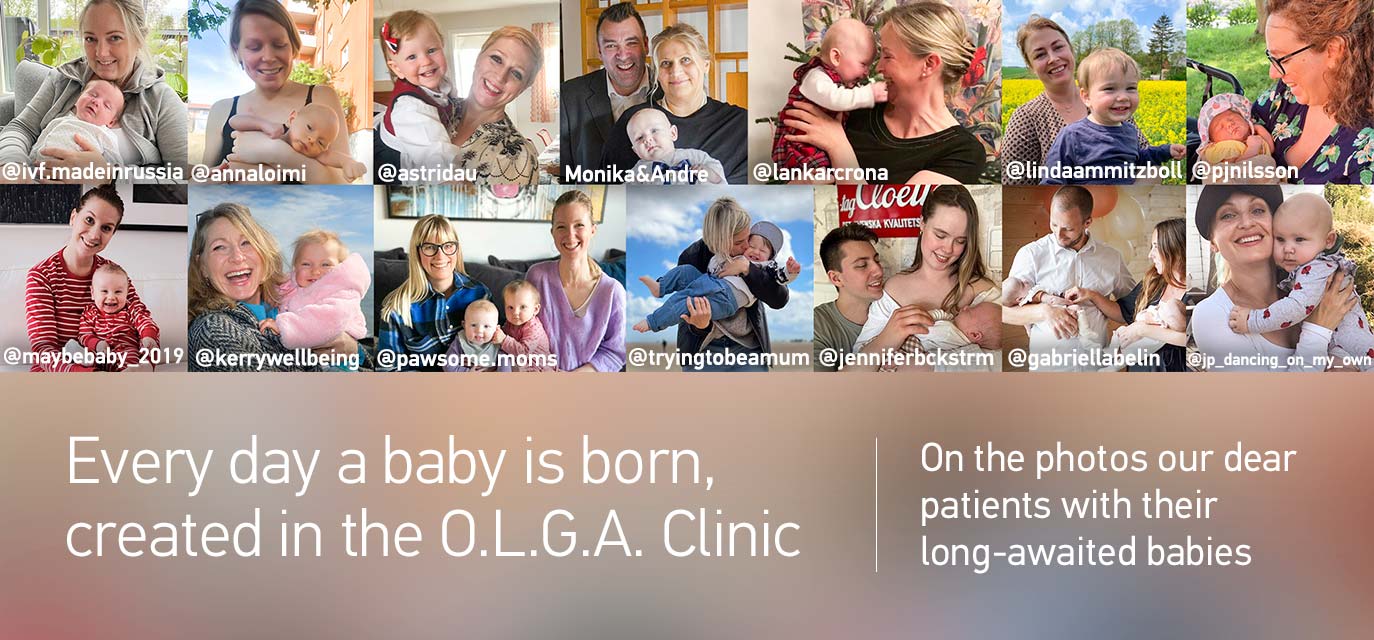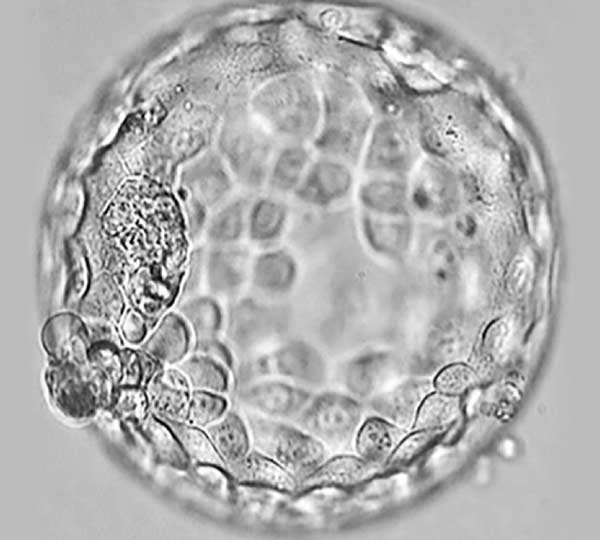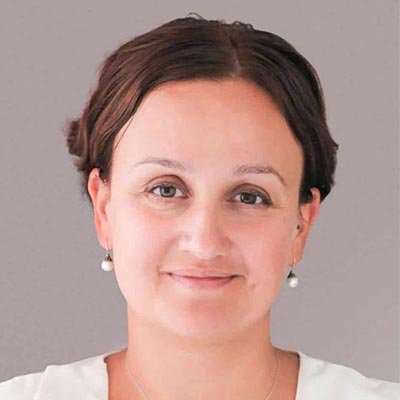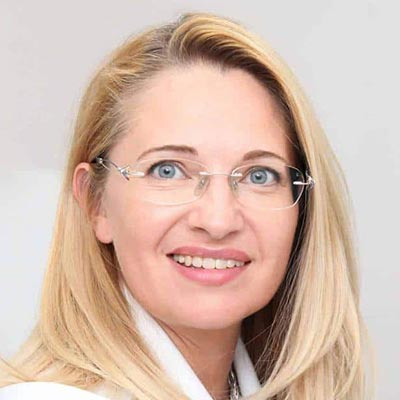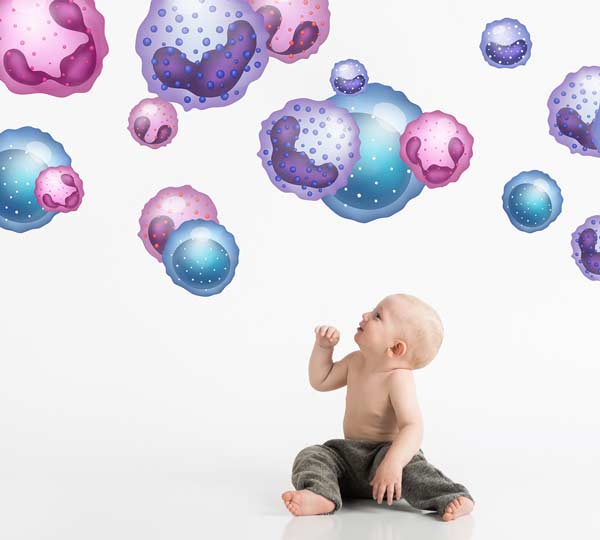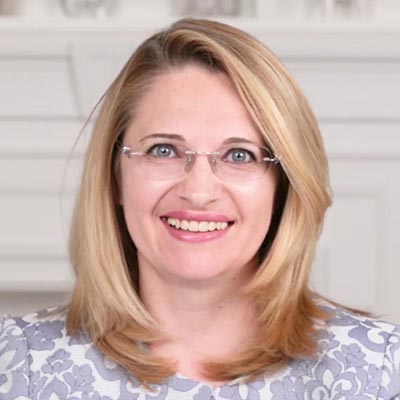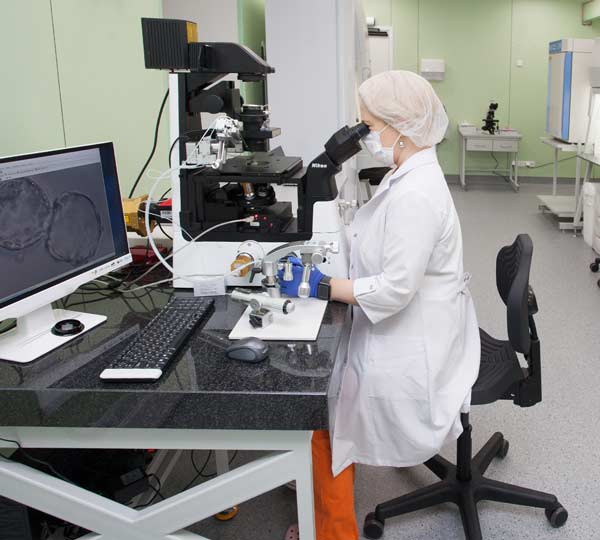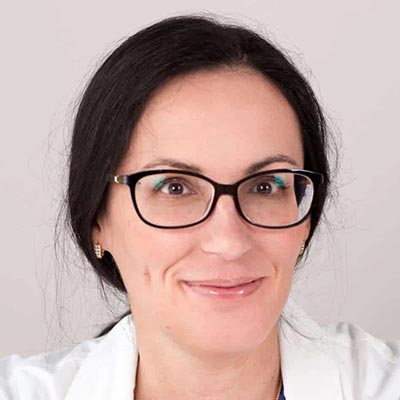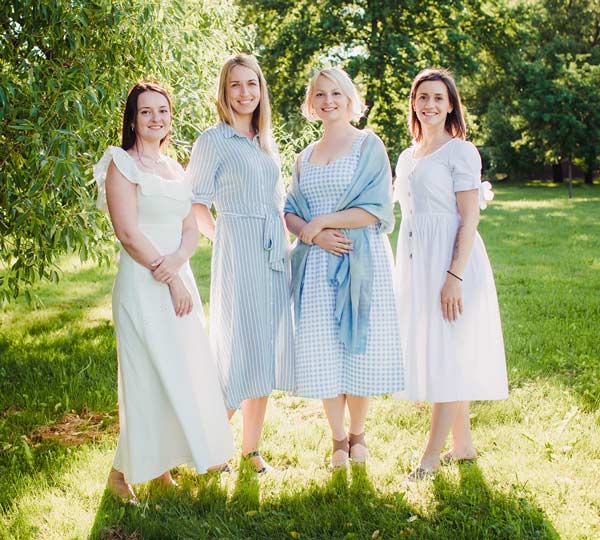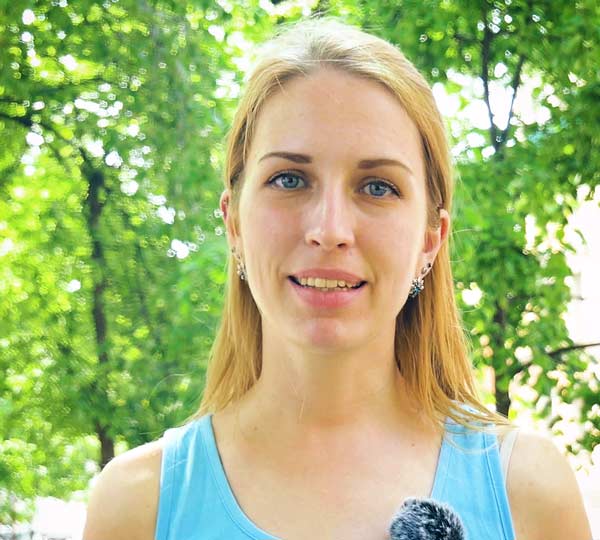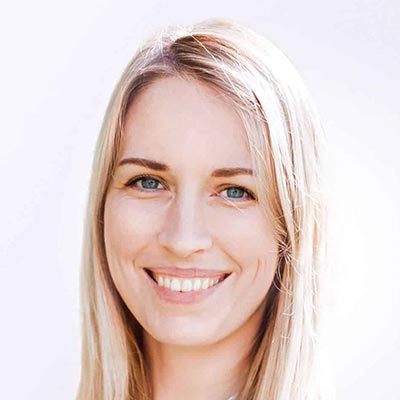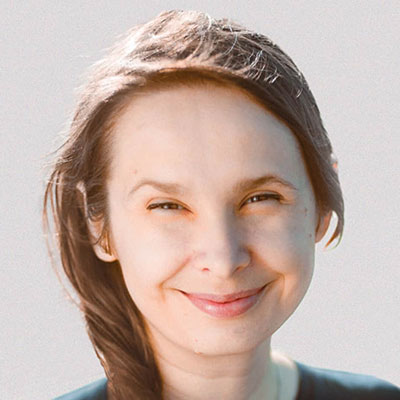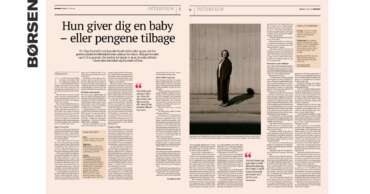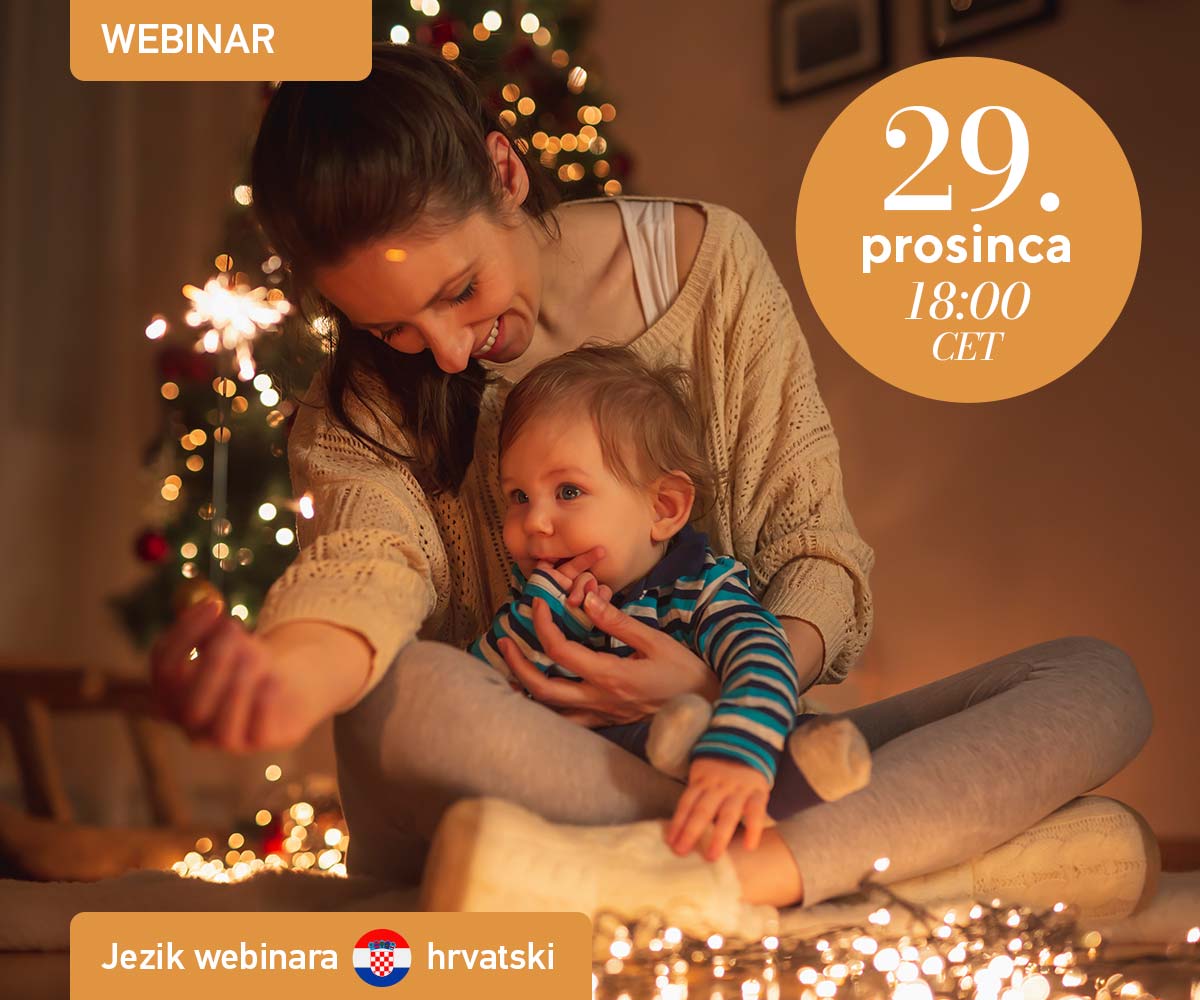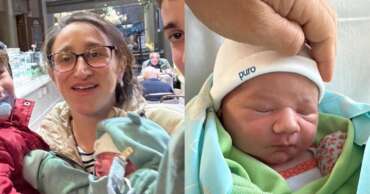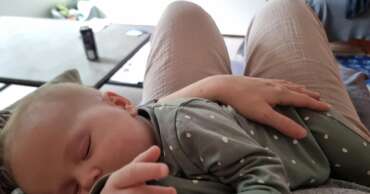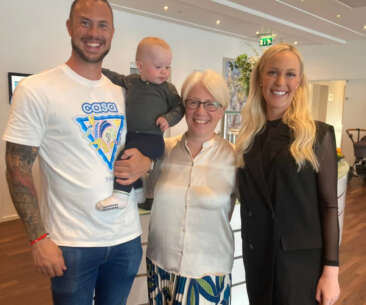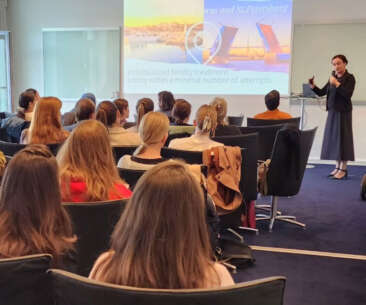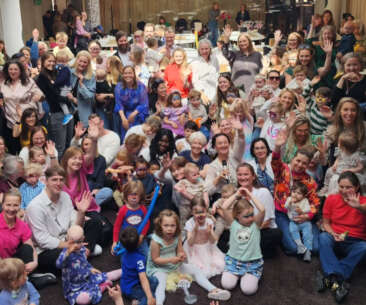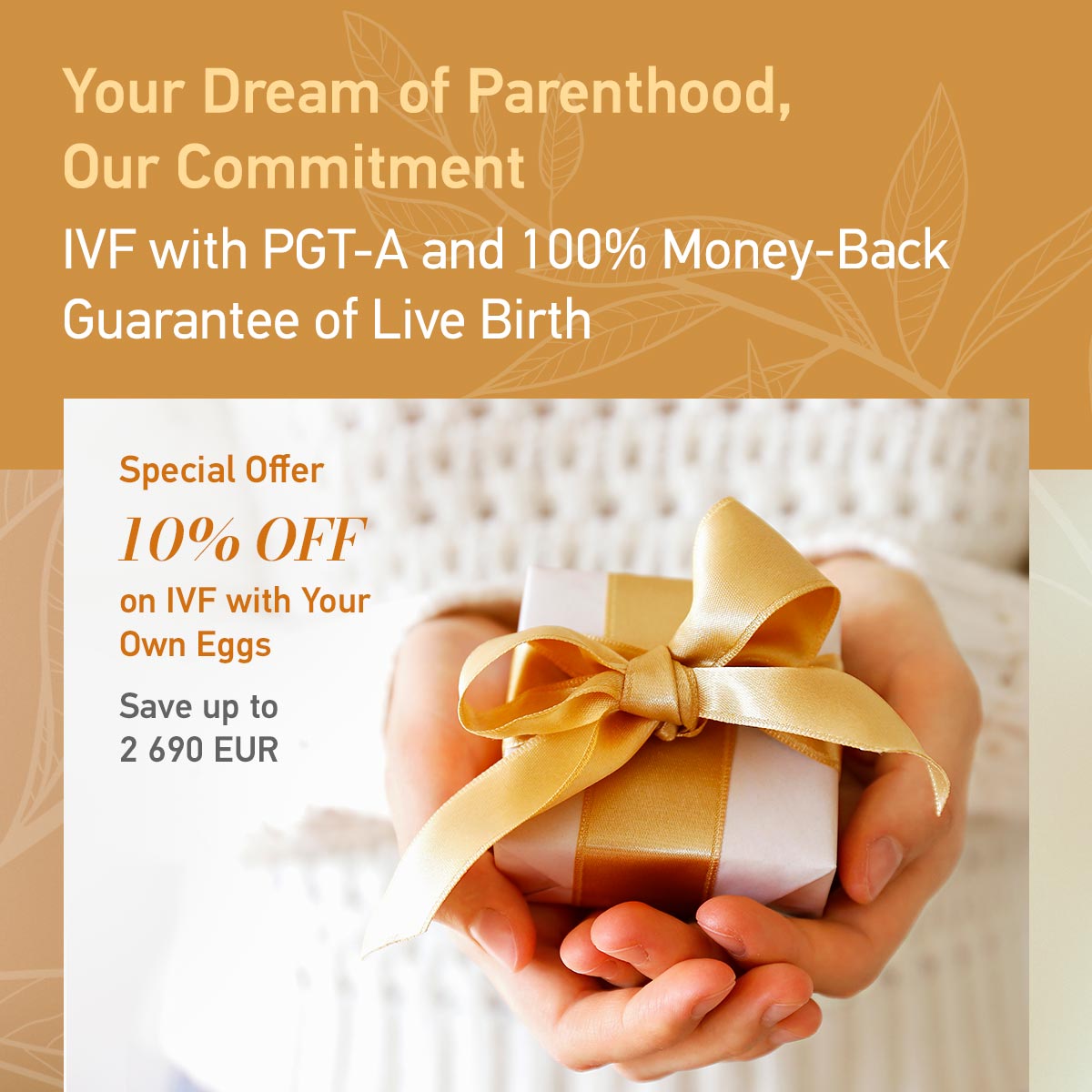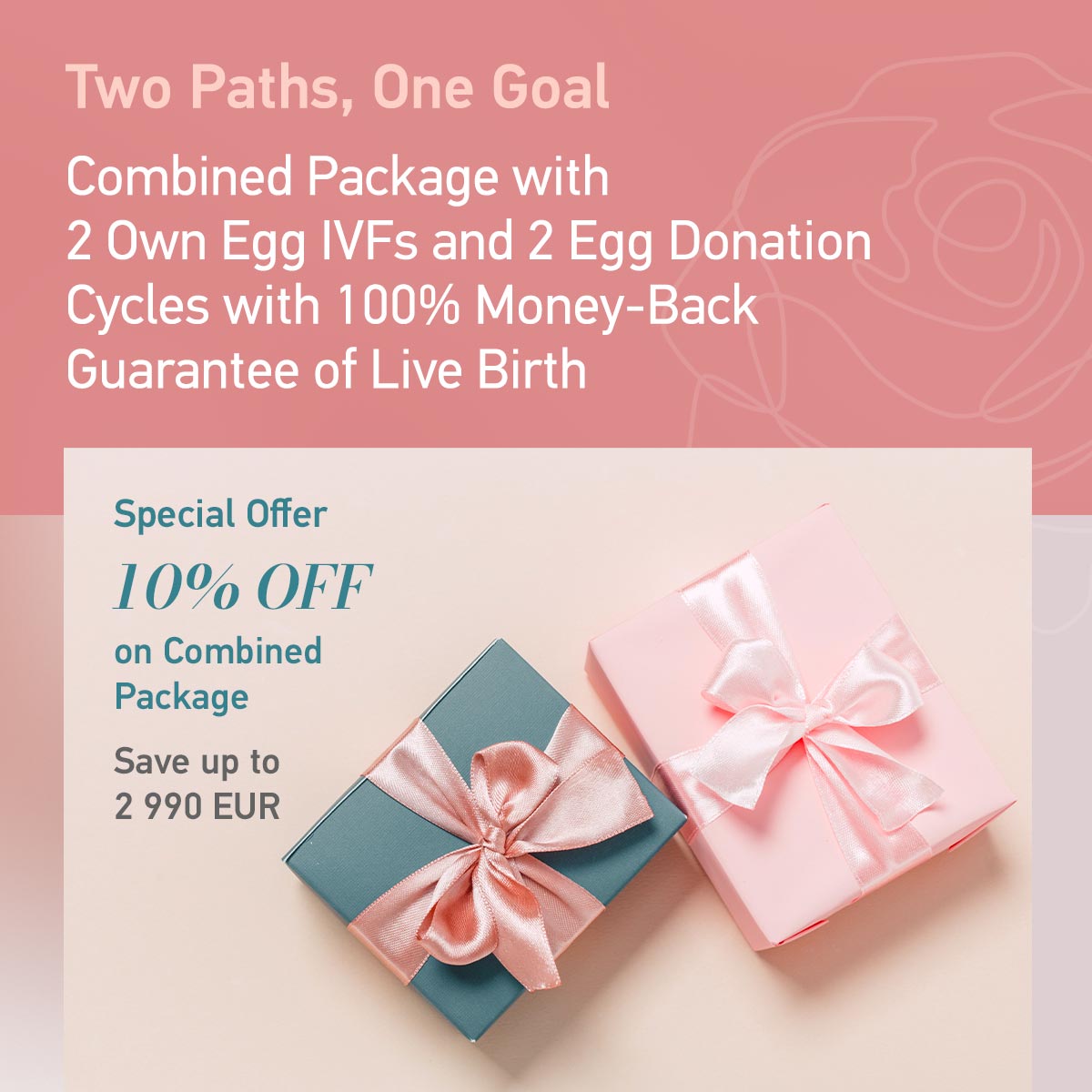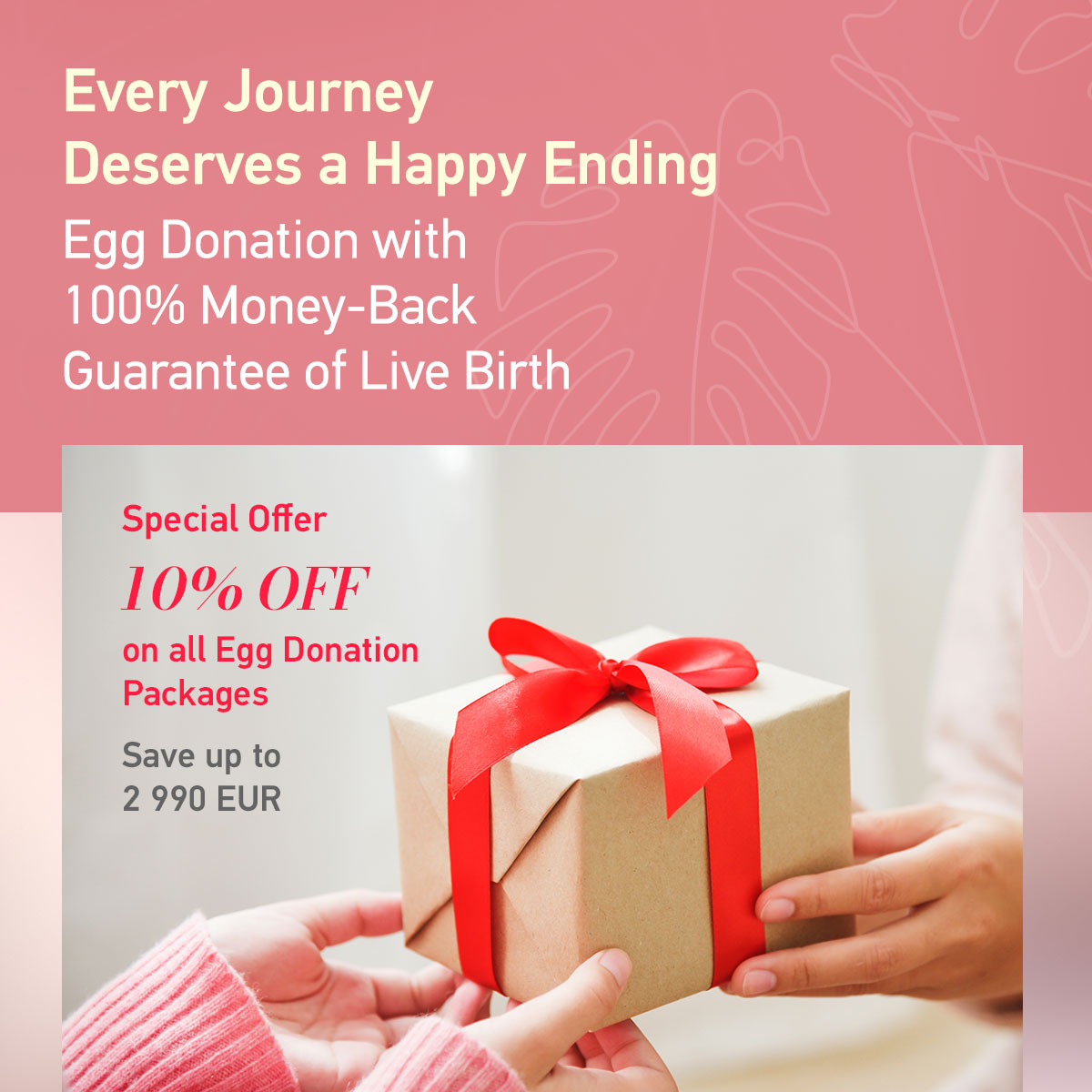Treatment in a donor egg clinic
Donor egg clinic treatment involves three people: the egg donor, the egg recipient and the person who provides the sperm to inseminate the donor’s eggs. This could be your partner, husband or a sperm donor. At O.L.G.A. Fertility Clinic, the egg donor is in most cases an anonymous donor individually matched to you from our database. Our medical team meet our donors personally, so that the matching is as close as possible. If you can’t come to O.L.G.A. Fertility Clinic for an Initial Consultation, we can use your photographs and the information you provide to assure a suitable match.
Parameters for treatment using donor eggs
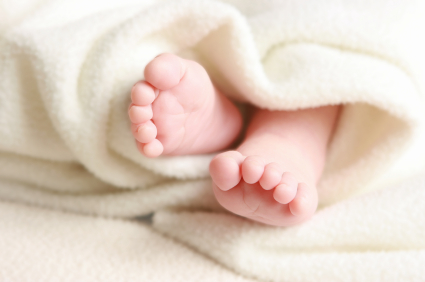
At O.L.G.A. Fertility Clinic, we treat egg recipients up to the age of 50 in our egg donation (oocyte donation) programme. Anonymous egg donation is not prohibited under Russian law, and there is no waiting list for people seeking donor eggs. If you prefer to come with your own donor (a relative or friend, for example), we can work this way too. However, the majority of our patients prefer to use an anonymous donor.
The O.L.G.A. Fertility Clinic databank has the egg donors who are aged under 30 and have at least one child of their own. Their average age is just 26. Once we have matched you to a suitable donor and you have confirmed the match, your donor egg treatment can begin.
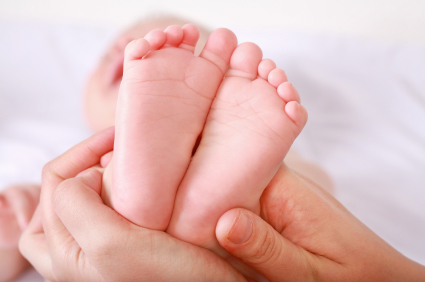
Synchronising the menstrual cycles
Both the egg donor and the egg recipient have to be at the beginning of their menstrual cycles in order to start egg donation treatment. So the first phase is synchronising their menstrual cycles. Even if you already don’t have a menstrual cycle, or do not have a regular menstrual cycle, we can start one at the right time. This is done by prescribing birth control pills (combined oral contraception tablets) to the donor and the recipient according to the decided schedule. In some cases recipients need several ‘probe’ cycles to stimulate the uterine lining to grow before the Embryo Transfer cycle can start. The tablet course are finished on the same date by both the donor and the recipient, this starts a ‘withdrawal bleeding’ (menstruation) in both women. Both of you are now ready to start your treatment.
The egg donor’s treatment
Once the egg donor's period begins, she undergoes an ultrasound examination (a scan of the uterus and ovaries) to make sure the ovaries are inactive and the uterine lining is thin. Your egg donor then takes medication to stimulate her ovarian follicles in egg production. After a few days, she takes another scan to make a decision when to suppress her own hormonal activity and prevent the early release of egg cells. Several more scans will be performed during the course of the treatment to monitor the development of the follicles in her ovaries and measure the effect of the hormone dosage. After about 10 days, she takes an additional hormone to make the eggs ready for harvesting. Egg collection is performed by aspirating the eggs from the follicles using a needle inserted into the ovary via the vagina. The process is carried out under general anesthetics to make it painless for the donor. Your donor is matched only to you and therefore you will receive all the eggs that are collected. Your donor then rests for a small period of time to allow the effects of the anaesthetic to wear off, and takes it easy for the rest of the day. Her mission is now over, and her next period will start in about 10 days’ time.
The egg recipient’s treatment
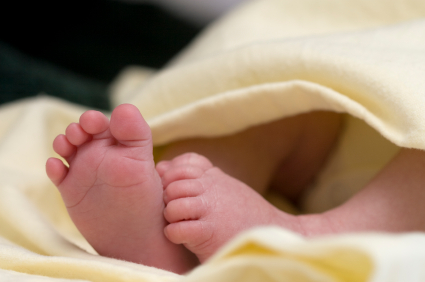
Egg recipients (women who need to receive donor eggs to get pregnant) may or may not still have a menstrual cycle. Whether or not you do, you will normally be asked to take birth control pills for a certain number of days and then stop. This should give you a ‘withdrawal bleed’ or period as a result. Sometimes more than one ‘probe cycle’ is necessary to ensure that your uterine membrane grows good enough in response to the medication. Your O.L.G.A. Fertility Clinic doctor will write this into your individual treatment schedule. You may also have a single or sometimes several more injections of a ‘down-regulating’ drug to ensure optimal synchronization with your donor. In most cases, you will then undergo a scan to check that the lining of your womb is thin enough and that there are no cysts before starting the treatment cycle. (Donor eggs are of course very precious, and your doctor in O.L.G.A. Fertility Clinic will want to ensure your uterus is in the best possible condition to receive them.) This includes taking oestrogen tablets, patches and/or cream to build up your womb lining again. Five days before the planned date for Embryo Transfer, you start taking progesterone in addition to oestrogen. This usually comes in the form of vaginal progesterone pessaries or cream.
Interested in egg donation at O.L.G.A. Fertility Clinic?
Please first fill in our questionnaire This will be assessed by one of our experienced doctors, who will then get in touch with you using your preferred contact method.
If you have any questions, an English-speaking receptionist is available to take your call on 007 81 2336 3059 between 07:00-14:00 Central European time (06.00-13.00 UK time). You can also reach us by e-mail at info@olgafertilityclinic.com
We look forward to hearing from you!
Very kind regards,
Your O.L.G.A. Fertility Clinic team
Related pages in other lnguages: English Egg donation Deutsch Eizellspende Netherlands Eiceldonatie Dansk Ægdonation


